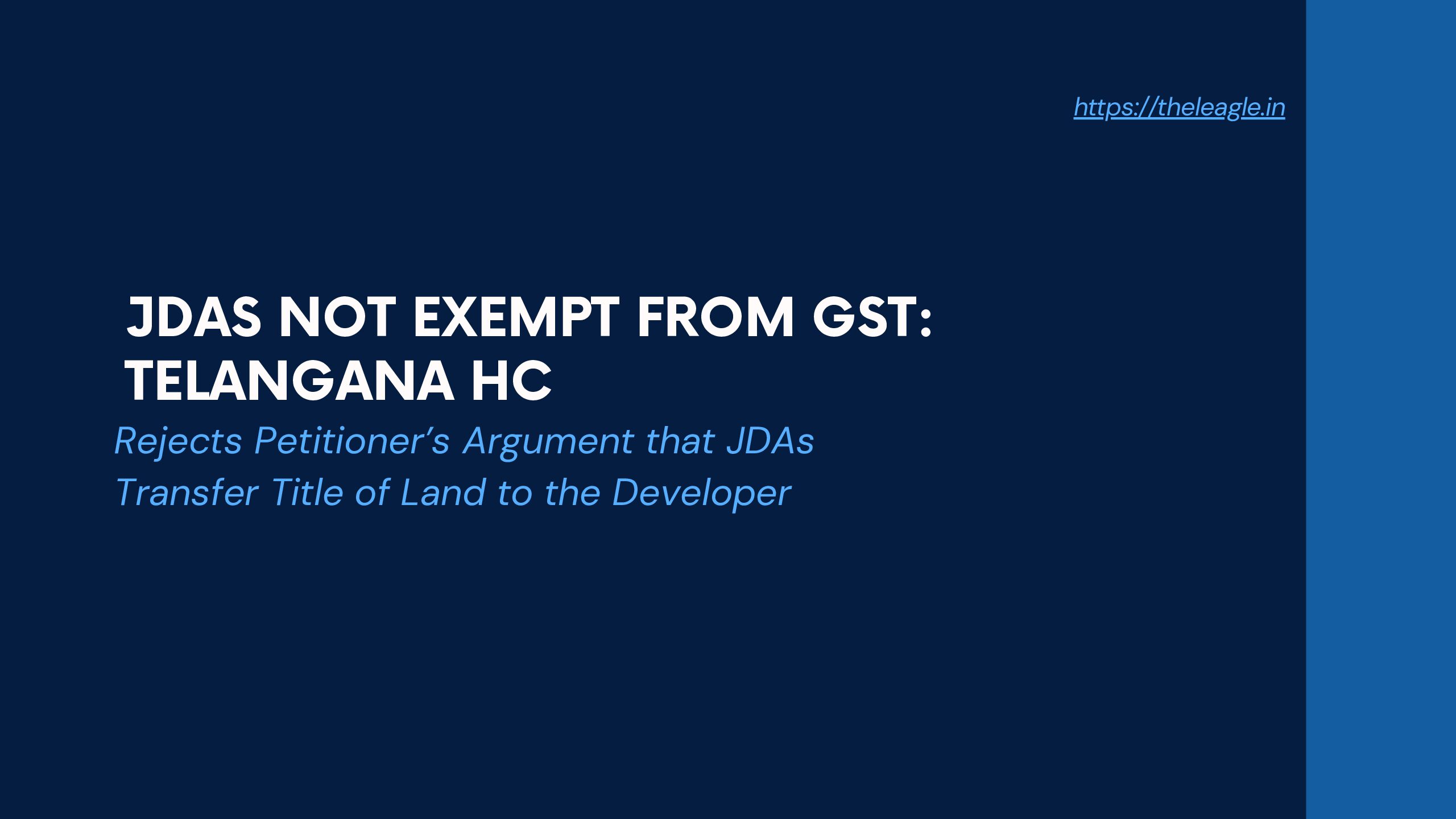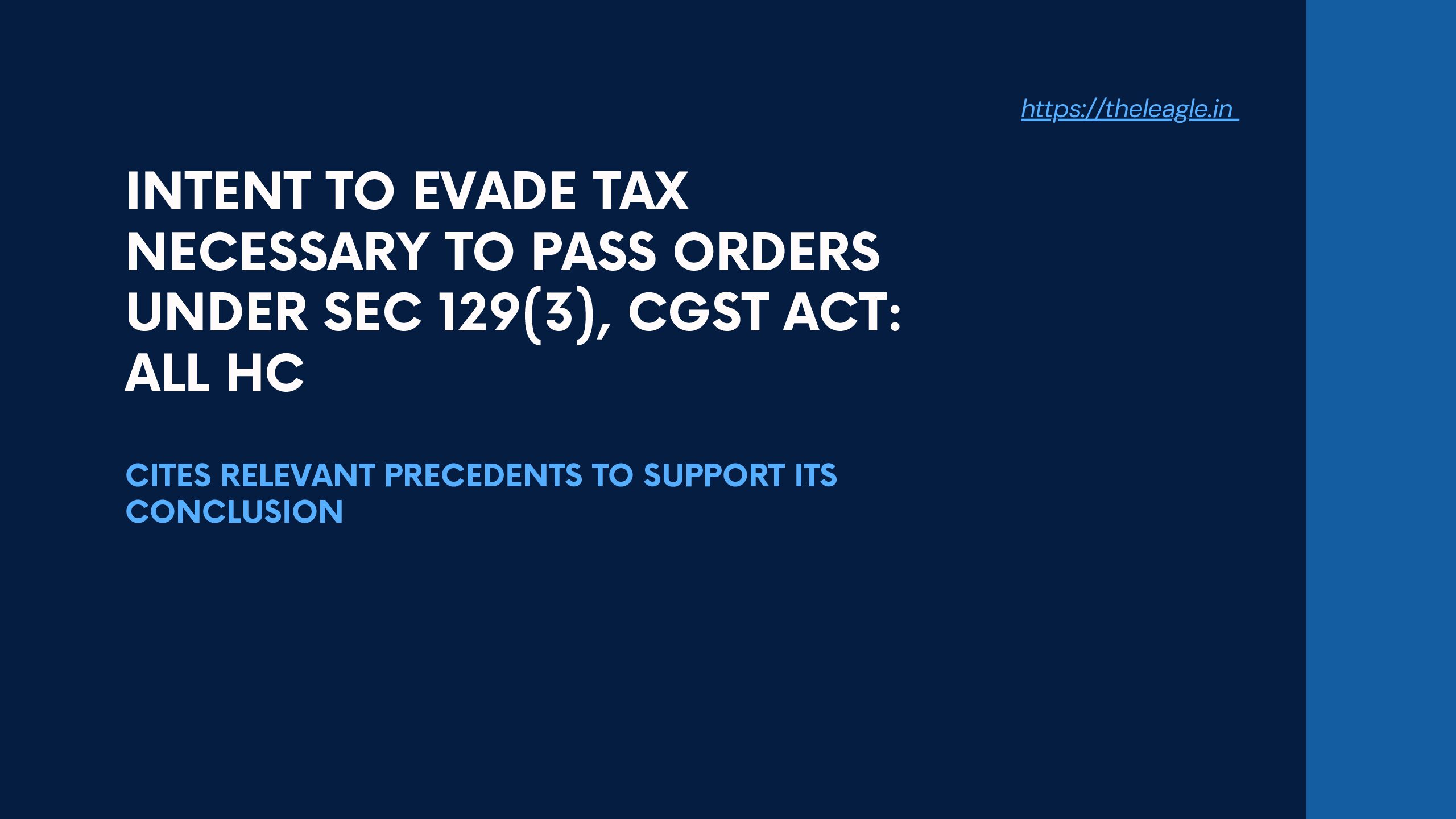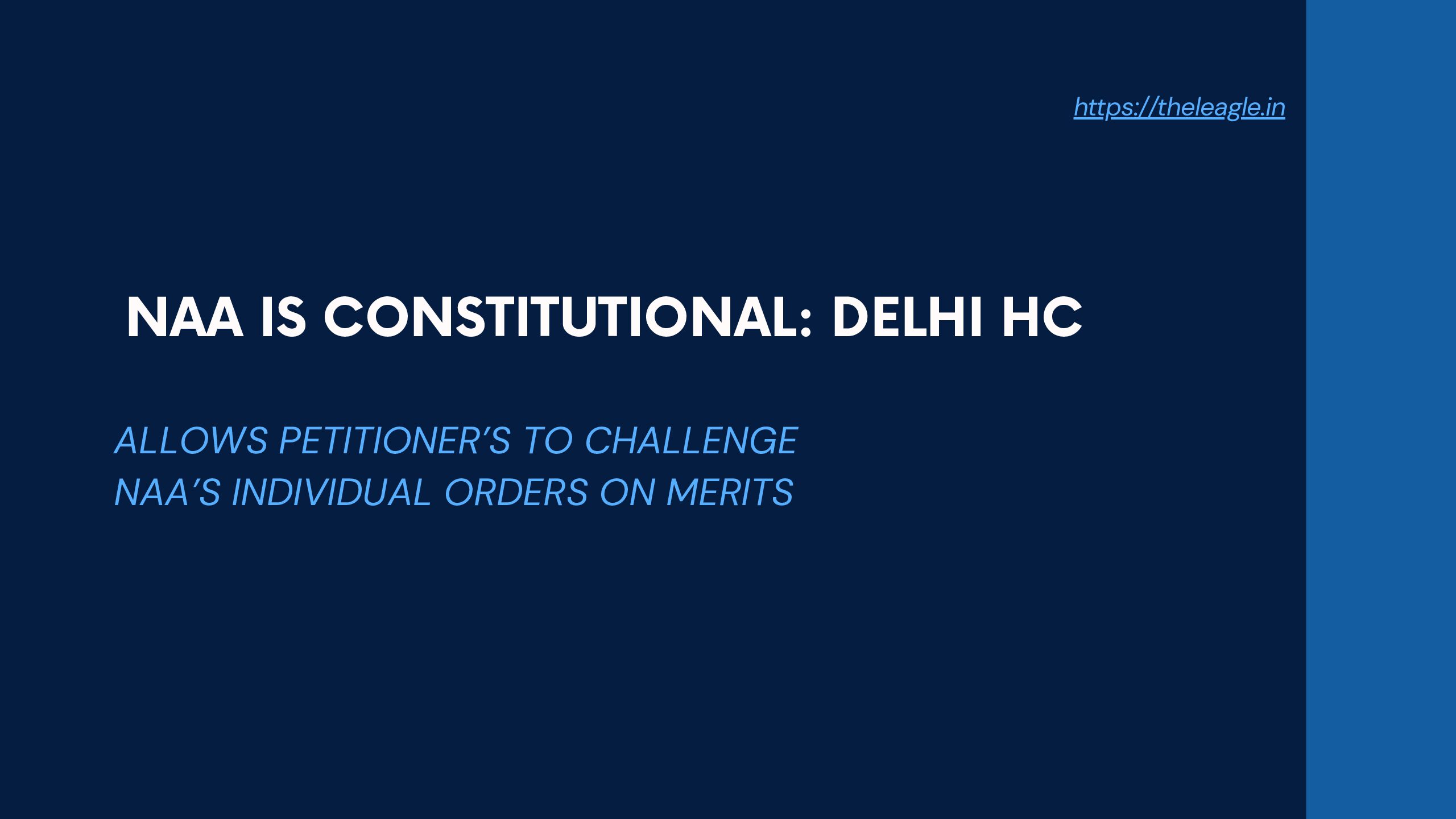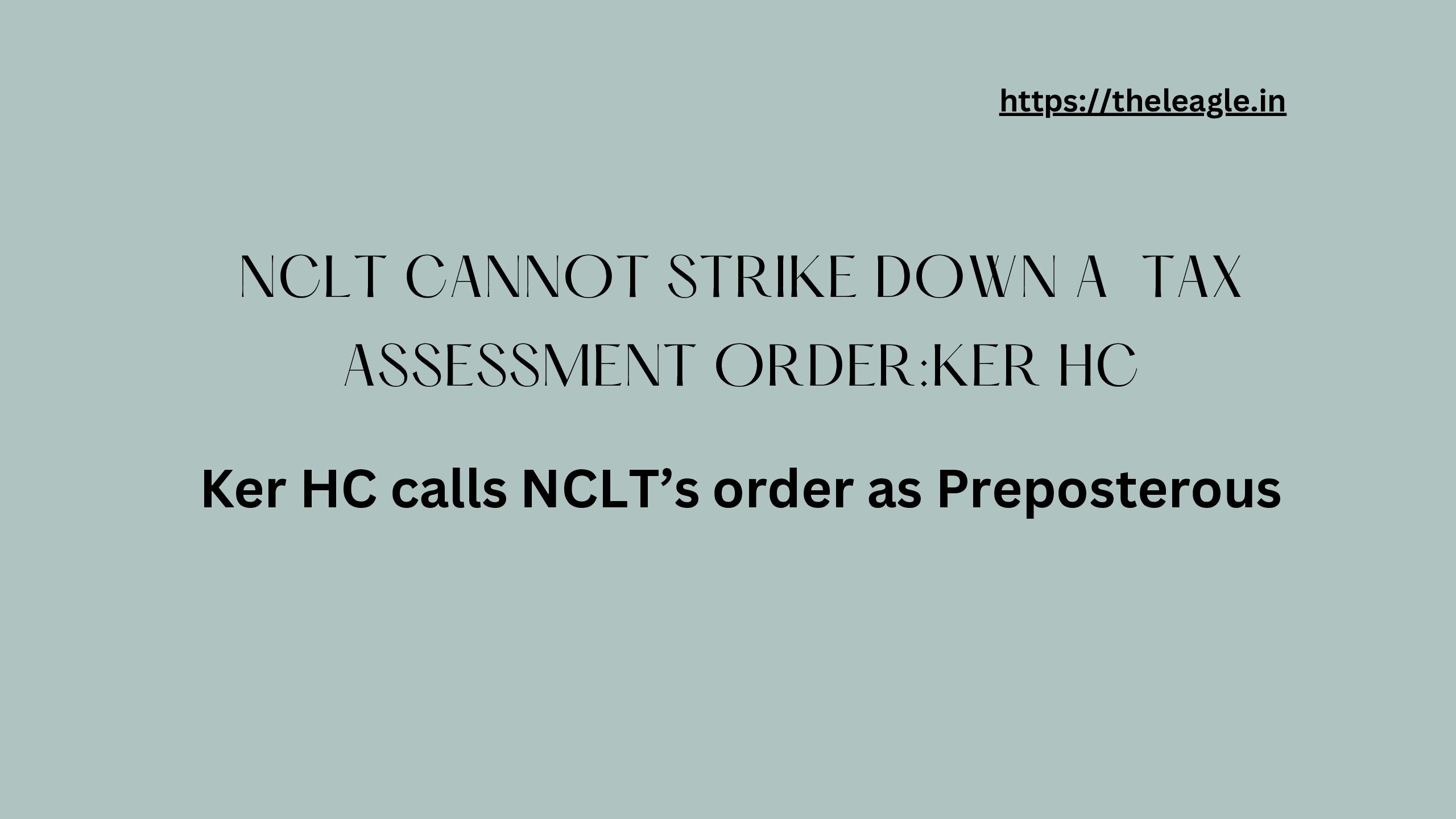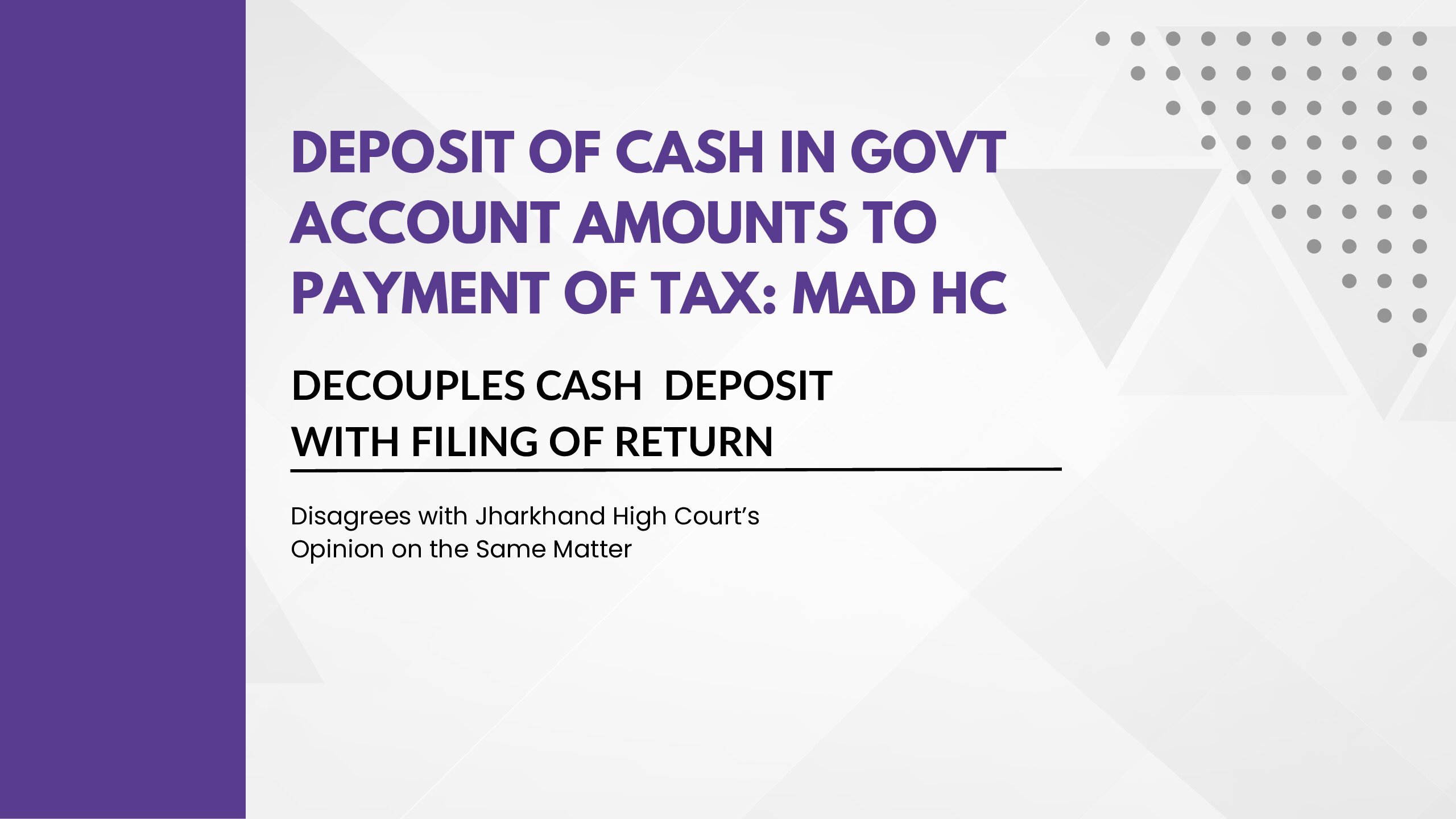The Delhi High Court in a recent judgment held that the Central Electricity Regulatory Commission and Delhi Electricity Regulatory Commission (‘Commission’) were not liable to pay GST. The Revenue sought to levy on the fees and tariff that Commission received from the power utilities. The Revenue contended that functions performed by the Commission were ‘support services to electricity transmission and distribution services’ under a 2017 Notification issued by CBIC. The Revenue clarified that while no GST was payable on services provided via electricity transmission and distribution services, but support services rendered in the contest of electricity transmission and distribution were subject to GST.
The Delhi High Court ruled in favor of the Commission.
Facts and Arguments
Commission receives various amounts under different heads such as filing fee, tariff fee, license fee, annual registration fee and miscellaneous fee. Commission took the stance that GST is not payable on such amounts since it is performing statutory functions under the Electricity Act, 2003 and is essentially not engaged in any trade or commerce.
Revenue’s argument – derived from its Show Cause Notices (SCNs) – before the High Court was that the Commission awards licences for distribution and transmission of electricity and charges licence fees. Thus, the definition of business read with consideration under CGST Act, 2017 makes it amply clear that the Commission is supplying services. And any such amount received is taxable under GST.
The Revenue relied on two major elements to strengthen its argument about liability of the Commission to pay GST:
First, it relied on FAQs where the CBIC had clarified that Commission is not a Government for the purpose of GST but is appropriately classified as a regulatory agency. And any financial consideration received by the Commission for any service provided by it was liable to GST. Since the regulatory activities performed by the Commission for which it received money amounted to ‘business’, the Commission was classified as a business entity under the said FAQs.
Second, and the Revenue reasoned this in its SCN as well: the Commission performs both regulatory and adjudicatory functions. That regulatory functions of the Commission fall outside the purview of quasi-judicial functions and while performing such functions it does not have the trappings of a full-fledged court. Further, the licence fee is received by the Commission for its regulatory functions. The Revenue argued that it is immaterial if the regulatory functions of the Commission are mandated by the statute or not, as long as consideration is received by it is for supply of, services it amounts to a supply for which GST is liable to be paid.
The Commission questioned the Revenue’s bifurcation between its regulatory and adjudicatory functions and contended that discharge of statutory duties by it in public interest cannot be subjected to GST.
Relevant Provisions of GST
The High Court reproduced the relevant provisions of CGST Act, 2017 relating to supply, business, and consideration.
Section 7, CGST Act, 2017 defines supply to include all forms of supply of goods or services or both made for a consideration by a person in the course or furtherance of business.
Clause 2, Schedule III, CGST Act, 2017 states that services provided by a Court or Tribunal established under any law for the time being in force will not be considered either as supply of goods or supply of services.
Definitions of business and consideration under CGST Act, 2017 are as follows:
―2. Definitions. —In this Act, unless the context otherwise requires-
xxxx xxxx xxxx
(17) ―business‖ includes—
(a) any trade, commerce, manufacture, profession, vocation, adventure, wager or any other similar activity, whether or not it is for a pecuniary benefit;
(b) any activity or transaction in connection with or incidental or ancillary to sub-clause (a);
(c) any activity or transaction in the nature of sub-clause (a), whether or not there is volume, frequency, continuity or regularity of such transaction;
(d) supply or acquisition of goods including capital goods and services in connection with commencement or closure of business;
(e) provision by a club, association, society, or any such body (for a subscription or any other consideration) of the facilities or benefits to its members;
(f) admission, for a consideration, of persons to any premises;
(g) services supplied by a person as the holder of an office which has been accepted by him in the course or furtherance of his trade, profession or vocation;
(h) activities of a race club including by way of totalisator or a license to book maker or activities of a licensed book maker in such club; and;
(i) any activity or transaction undertaken by the Central Government, a State Government or any local authority in which they are engaged as public authorities;‖
―2. Definitions.—In this Act, unless the context otherwise requires,—
xxxx xxxx xxxx
(31) ―consideration‖ in relation to the supply of goods or services or both includes—
(a) any payment made or to be made, whether in money or otherwise, in respect of, in response to, or for the inducement of, the supply of goods or services or both, whether by the recipient or by any other person but shall not include any subsidy given by the Central Government or a State Government;
(b) the monetary value of any act or forbearance, in respect of, in response to, or for the inducement of, the supply of goods or services or both, whether by the recipient or by any other person but shall not include any subsidy given by the Central Government or a State Government:
Provided that a deposit given in respect of the supply of goods or services or both shall not be considered as payment made for such supply unless the supplier applies such deposit as consideration for the said supply;
The Delhi High Court examined the above two definitions in detail to reject Revenue’s contention.
Decision
The Delhi High Court noted that the Commission certainly acts as a tribunal, but the Revenue seeks to distinguish between the adjudicatory and regulatory functions of the Commission. The bifurcation warranted an examination of the definition of business and consideration in tandem with supply as defined under Section 7, CGST Act, 2017.
As regards the definition of business, the Delhi High Court observed that clause (a) was the applicable clause. But the High Court observed that it cannot fathom how the power of regulation statutorily vested in the Commission can be included in any of the activities enlisted in the definition of business. Further, while clause (i) included activities undertaken by the Central or State Governments, the High Court noted that the Commission being a statutory body could not be equated with either of the two entities.
As regards the definition of consideration, the Delhi High Court noted that it draws colour from the definition of business and it needs to be in relation or response to inducement of supply of goods or services. And here two elements need to be satisfied: first, the payment received must be outcome of an inducement of supply of goods or services; second, the supply must be in the course of or furtherance of business.
As regards the first element, the High Court noted that:
Suffice it to note that it was not even remotely sought to be contended by the respondents that the payments in the form of fee as received by Commissions were an outcome of an inducement to supply goods or services. (para 29)
The above observation is not entirely accurate, since the SCN did mention that the Commission was providing support services for electricity transmission and distribution services.
Nonetheless, even if one accepts that the money received by the Commission was in response to inducement of supply of goods or services, the said money must be in course or furtherance of business. To this end, the Delhi High Court observed that the functions performed by the Commission cannot be included in the term ‘business’ as defined under Section 2(17), CGST Act, 2017 and concluded:
We find ourselves unable to accept, affirm or even fathom the conclusion that regulation of tariff, inter-State transmission of electricity or the issuance of license would be liable to be construed as activities undertaken or functions discharged in the furtherance of business. (para 33)
Finally, what about the bifurcation between regulatory and adjudicatory functions of the Commission? As per the Delhi High Court that the Electricity Act made no distinction between regulatory and adjudicatory functions of the Commission and that the statute had enjoined the Commission to regulate and administer electricity distribution.
Conclusion
The Delhi High Court’s decision stands on firm footing. And despite the CBIC and the GST Council having recommended otherwise, the High Court arrived at a clear and well-reasoned decision that the Commission was a tribunal. Even if it was accepted that the Commission received consideration in exercise of regulatory functions, it was not in course or furtherance of business.
Finally, the Delhi High Court clarified that merely because was a heading: “Support services to electricity, gas and water distribution” which is placed under Group Heading 99863 of the CBIC Notification does not mean that the statutory exemption under Schedule III where services provided by a tribunal are excluded can be bypassed. The High Court helpfully clarified:
What we seek to emphasise is that a notification would neither expand the scope of the parent entry nor can it be construed as taking away an exemption which stands granted under the CGST Act. There cannot possibly be even a cavil of doubt that a Schedule constitutes an integral part and component of the principal legislation. (para 36)
Whether the Revenue will appeal against this decision will be revealed in due course, but for now, a well-reasoned decision of the Delhi High Court has clarified the GST implications of the Commission’s functions.
